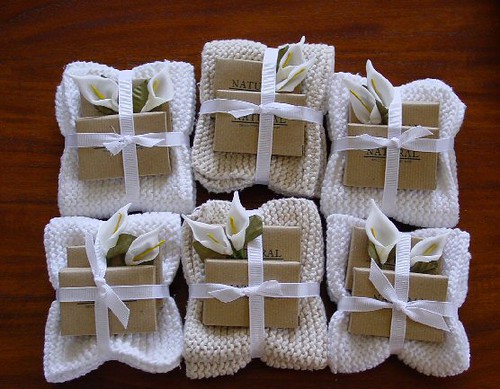There is something about the knitting community, that while inherently generous, creative, kind, and warm has left me wanting more. This is, in part, due to the fact that for the last year or so the “knitting community” for me has existed almost entirely online, meaning my relationships with crafters are abstract, and relationships are simply exchanging comments and viewing pictures. I find myself pulling back from a community which once held a huge place in my daily life, and am wondering why.
As I become increasingly involved in the nonprofit world, I have a hard time switching from “problem-solving” nonprofit mode to “relax at the stitch ‘n bitch” mode. This is a key element as to why I stopped knitting as much; stopped seeking out fellow crafters, or lusting after new fiber-related experiences. I can’t separate my hobby from my vocation, leaving me yearning for crafting which ties directly into my own activism. Fiber festivals and yarn stores simply don’t have the appeal they used to. The question I keep asking myself is how do I combine these two? How can I combine activism with my love of knitting, spinning, and sewing?
 |
| Crafting for charity takes many forms; here is an example from flickr! |
This is a huge question with as many answers as there are crafters. I do not mean to say that crafting for charity --donating hats, blankets, or clothing-- is not important. To disregard this as valuable work not only ignores the impact of the donation, but diminishes the significance of the hours of (mostly women’s) work and compassion that goes into crafting for charity. Further, dismissing the work as “just a hobby” fails to acknowledge the way traditional crafts and women’s work can have a major microeconomic impact. However, there is a balance between simply donating extra knit items at the holidays, and focusing one’s crafting efforts to assist an underserved population. Both have merit; I’m focusing on the latter.
For example, I have recently been asked to sew reusable sanitary pads for women in Zimbabwe. This may not seem to have the same impact as a Red Cross campaign, but each small act of compassion rooted in a crafter’s desire to give of themselves has fundamental and tangible impact on someone’s life, allowing the recipient to reclaim their dignity and begin to rebuild their life in the ways they want. For me, the highest act of compassion is the synthesis of large-scale NGO’s and nonprofits in tandem with the concerted efforts of individuals. Give money, but also give time, love, and energy. That’s what we do as crafters.
We can’t necessarily enact huge change with our needles while drinking coffee with friends. Sure, I could organize a mammoth “sanitary pad drive” and raise money for the women to send with the donation of the pads, and perhaps I still will, but right now I don’t want to plan a fundraiser in my spare time, I want to sew. Accepting that crafting on my couch will not raise money for huge change within a community, but that sending 100 sanitary pads will positively impact 100 women requires a shift in the way I approach the value of crafting, and opens up a larger discussion on charitable giving and what “real change” can mean.
As I get more involved in the non-profit sector this is something that rears its head a lot. I want to continue to discuss this: I believe focusing one’s creative talents outward, and seeing our work as a tool of empowerment allows crafting to be both a hobby and a way to enact change. Yet there remain questions. How do we craft for good? How do we engage in a discussion that gives merit to the handwork traditionally associated with women and the household sphere? How can we combine the two - traditional crafting and a demand for activism - into something tangible, digestible, and powerful?
No comments:
Post a Comment